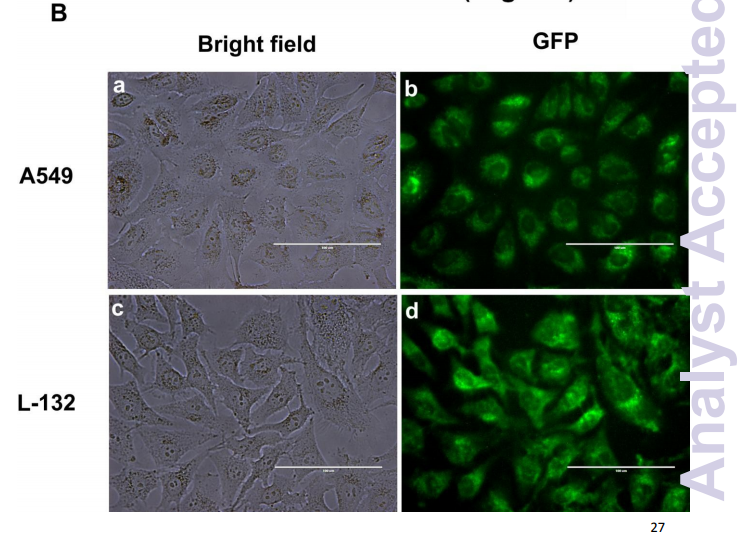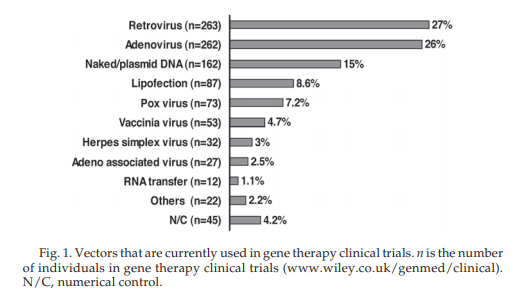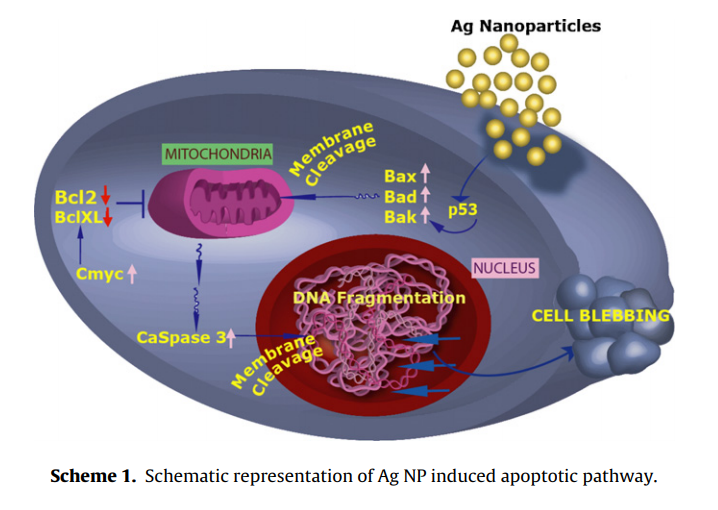Green synthesis of multifunctional carbon dots from coriander leaves and their potential application
In the present study, a facile one-step hydrothermal treatment of coriander leaves for preparing carbon dots (CDs) has been reported. Optical and structural properties of CDs have been extensively studied by UV-visible and fluorescence spectroscopic, microscopic (transmission electron microscopy, scanning electron micro...
Adenoviral vectors
Gene therapy is a promising tool for treatment of the human diseases that cannot be cured by rational therapies, and its primary success depends on suitable vectors to deliver therapeutic genes. Adenoviruses (Ads) are among the most commonly used vectors for gene therapy, second only to retroviruses. During the last dec...
Implications of silver nanoparticle induced cell apoptosis for in vitro gene therapy
The impact of manufactured nanomaterials on human health and the environment is a major concern for commercial use of nanotechnology based products. A judicious choice of selective usage, lower nanomaterial concentration and use in combination with conventional therapeutic materials may provide the best solution. For ex...
Signaling gene cascade in silver nanoparticle induced apoptosis
Nanoscale materials are presently gaining much importance for biological applications especially in the field of medicine. The large numbers of nanomaterial based products that are currently being developed with projected applications in medicine have inspired a growing interest in exploring their impact on cellular gen...
Green Fluorescent Protein-Expressing Escherichia coli as a Model System for Investigating the Antimic
Recombinant Escherichia coli (E. coli) bacteria expressing green fluorescent protein (GFP) was used as a model system to investigate the antimicrobial activities of Ag nanoparticles (NPs). A convenient in situ method of Ag NP synthesis using sodium borohydride, in the bacterial growth medium, was developed to produce pr...
























